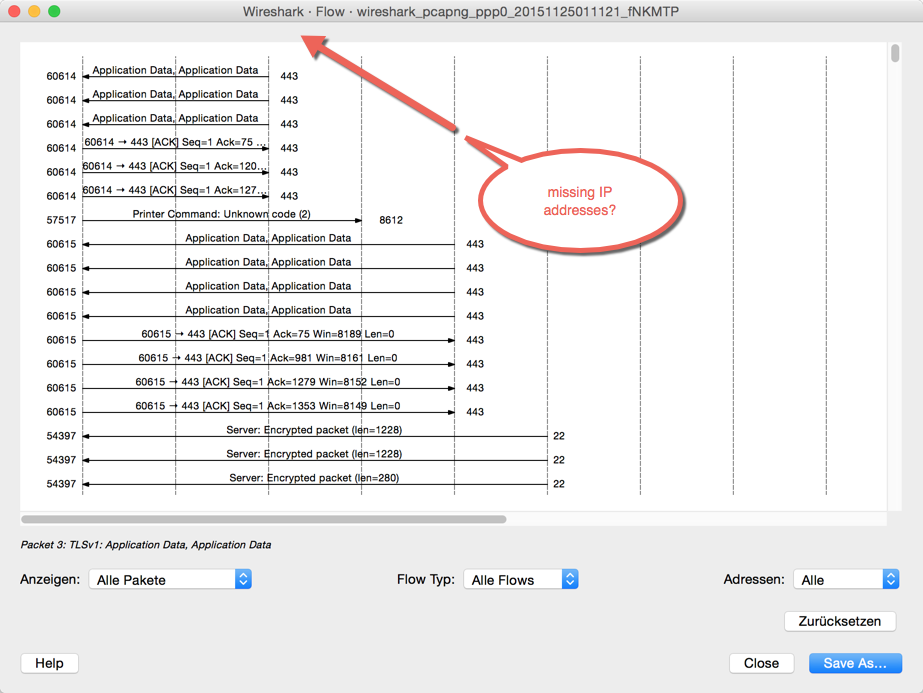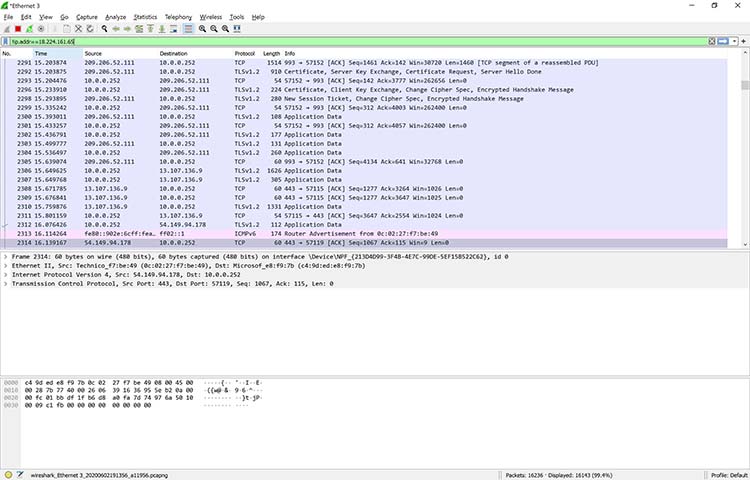

If you give your PC the same subnet address as the Biamp device (by setting the PC to match the device at 192.168.1.101) you will not be able to communicate with it.

If the device returns an address of 192.168.1.101 you can make your PC address 192.168.1.100 and communicate with it. Note: Be sure you do not set your PC’s address to the same address as the device. And I doubt it is being done in the driver because another machine running the same driver with the same cards does not have this behavior.You can now change your computer's NIC (IPv4 address) to match the subnet range for the Biamp device and connect to the device using the Audia or Nexia software (as appropriate). Is this common? From what I can tell, the application is not doing this.

They all have the same source mac address.ĩ acks come back, each addressed to the unique 9 IP addresses and unique 9 MAC addresses. On the other hand, when the XP embedded machine responds with TCP acks, each ack packet is correctly paired with a unique IP and unique MAC address.ĩ packets sent from 9 different/unique physical ethernet ports on the same computer. However, they all have the same exact MAC address when sending. When I do a wireshark capture, I see that all the packets going out of the computer correctly transmit from 9 different IP addresses.

I have assigned in the application, each eth port to be a unique address, and have verified when I do an "ifconfig" that each physical port has a unique mac address as well. The computer has 10 physical ethernet ports, 9 of which are on this network. I'm seeing an issue with a computer (running an embedded OS) transmitting over a network to an XP embedded machine.


 0 kommentar(er)
0 kommentar(er)
